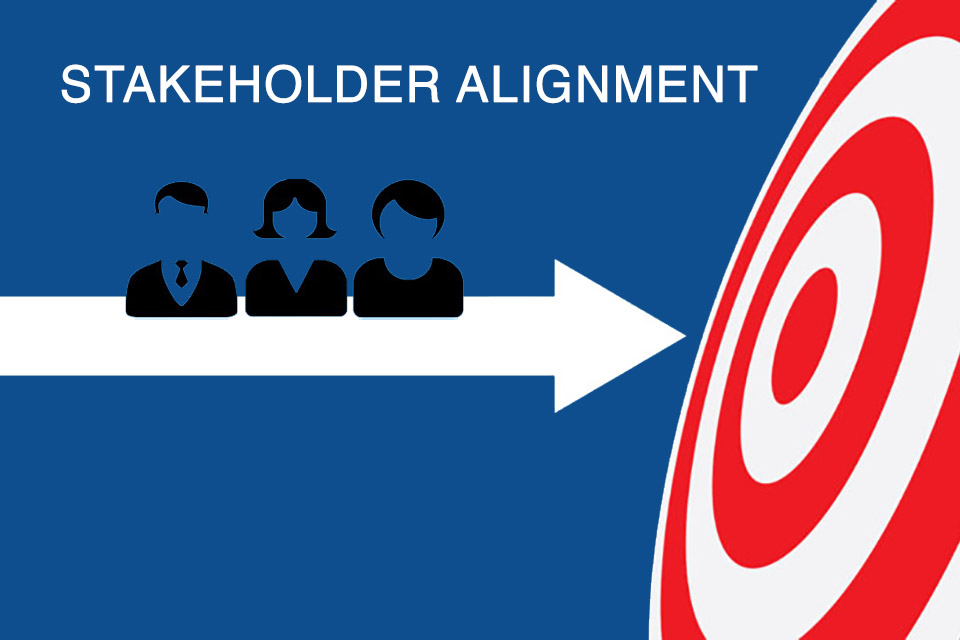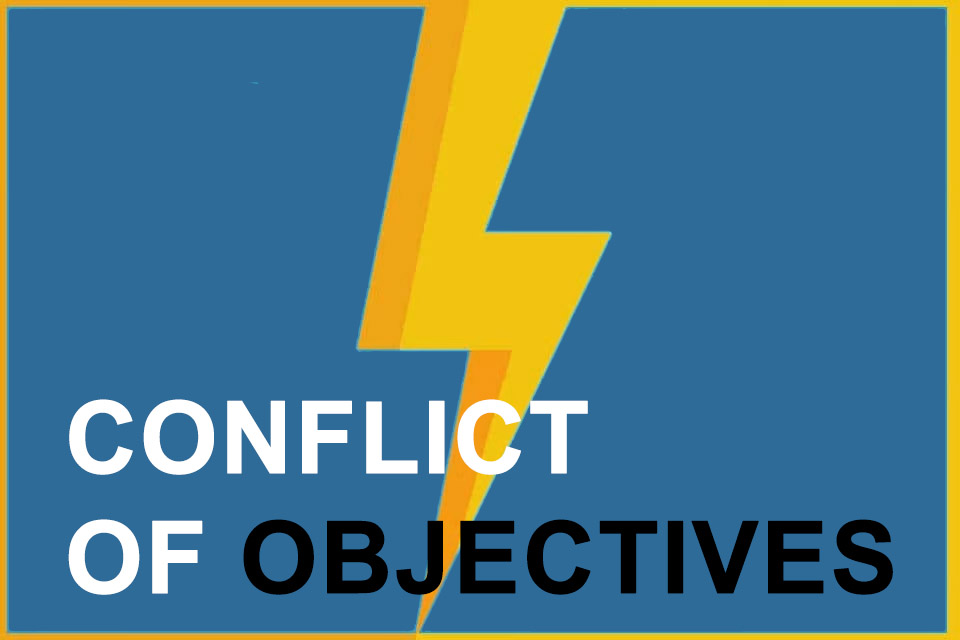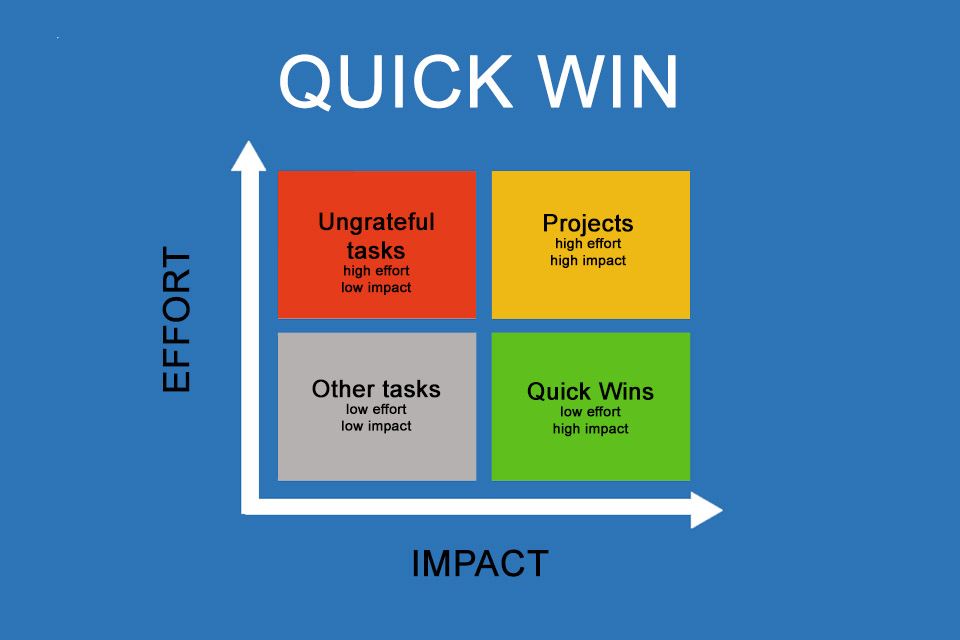What is Stakeholder Alignment?
Stakeholder alignment – the harmonisation of interested parties
The development of products, the realisation of projects or the implementation of a corporate strategy often face a common challenge: taking into account the different interests and needs of stakeholders. In a world where diversity and complexity are omnipresent, managing these interests is a demanding task. Every stakeholder, whether customer, employee, supplier or investor, has their own perspectives, goals and expectations.
The difficulty lies in coordinating and harmonising these diverse interests in order to achieve a common direction and vision. A lack of common alignment among key stakeholders can lead to delays, conflicts and ultimately the failure of undertakings. Against this background, stakeholder alignment proves to be an extremely useful measure. It provides a structured approach to understanding, considering and harmonising the interests of all stakeholders in order to achieve common goals and ensure the success of undertakings.
Steps to achieve stakeholder alignment
Stakeholder alignment can be approached through a range of measures and strategies. Identifying and analysing stakeholders forms the basis for alignment as it lays the foundation for a comprehensive understanding of stakeholders. Here are some reasons why this phase is crucial:
- By identifying and analysing stakeholders, product or project managers can understand the various interests and needs that may feed into the undertaking. This enables them to develop targeted strategies to harmonise these interests and avoid conflicts.
- By analysing the influence of each stakeholder, product or project managers can set priorities and allocate resources accordingly. In this way, they can ensure that the most important stakeholders are appropriately considered and that alignment is focussed on those who have the greatest influence on project success.
- By identifying stakeholders early on, product or project managers can involve them in the process before decisions are made. This makes it easier to obtain feedback and recognise and address potential risks or obstacles at an early stage.
It is generally advisable to involve all relevant stakeholders in the planning and development process of a product or project at an early stage to ensure that their needs and perspectives are taken into account. It is helpful to identify expectations, define goals and communicate them so that everyone understands how their contribution contributes to the success of the product or project. In addition, it is advisable to continuously monitor feedback, market trends and new laws and standards.
Problems with a lack of stakeholder alignment
If stakeholder alignment is lacking, various problems can occur:
- Disagreement among stakeholders can lead to delays in decision-making and implementation, which in turn can affect time to market.
- If the interests and needs of key stakeholders are not adequately considered, there is a risk that the end product will not meet market or customer requirements.
- Lack of clarity and direction can lead to frustration and confusion among team members, which can have a negative impact on their motivation and commitment.
- If the end product does not meet customer expectations, this can lead to low customer satisfaction and customer retention, which can affect the growth and success of the company in the long term.
To avoid this, it is important to consider stakeholder alignment as an integral part of the product or project development process and work continuously to promote and maintain it.
Tips for stakeholder alignment
And what tips can help with stakeholder alignment? Here are a few approaches:
Use storytelling as a method to engage stakeholder interest and gain their support. For example, tell a compelling story about how the product will improve life or work to engage them emotionally and increase their commitment.
Or use gamification techniques to engage and motivate stakeholders. This can include using point systems, rewards or competitions to encourage their participation.
Or organise design thinking workshops to engage stakeholders in a creative process where they can develop solutions together. These workshops encourage collaboration, creativity and innovation, which can lead to better alignment.
Bring in external perspectives on demand by involving stakeholders from different sectors or disciplines. This can lead to new ideas and insights that contribute to the development of truly innovative solutions.
These and similar approaches can help to better understand stakeholders and put the development of products or the implementation of projects on a broad, common basis. However, it is important to note that stakeholder alignment and alignment is not a one-time event, but a process that takes place continuously with the goal of making an undertaking successful by involving key stakeholders, keeping them on board and on track.
Impulse to discuss
How can you ensure that you also involve those stakeholders whose influence is less obvious in order to achieve comprehensive alignment?
Notes:
If you like the article or would like to discuss it, please feel free to share it in your network. And if you have any comments, please do not hesitate to send us a message.
When stakeholders have a dispute, there is no simple solution, as the situation is usually characterised by a variety of factors and complex dynamics. Emotional involvement, communication problems, power relations, lack of trust, long-standing conflicts – whatever the causes of a conflict, it is not easy to resolve. That’s why we can’t offer you a one-size-fits-all solution.
Here you can find a video about stakeholder alignment.
Here you can download the stakeholder whitepaper free of charge.
And here you can find additional information from our Smartpedia section:



